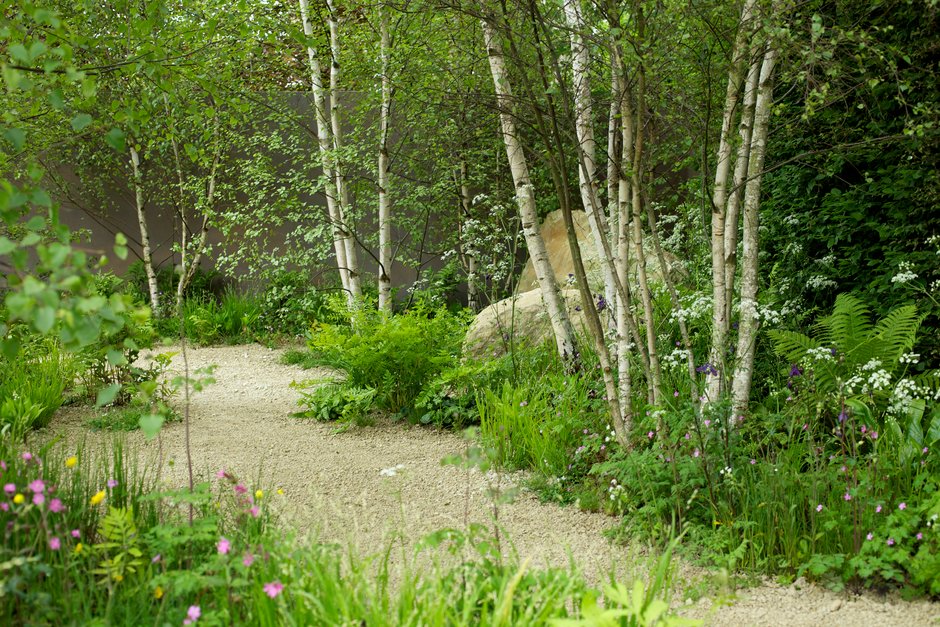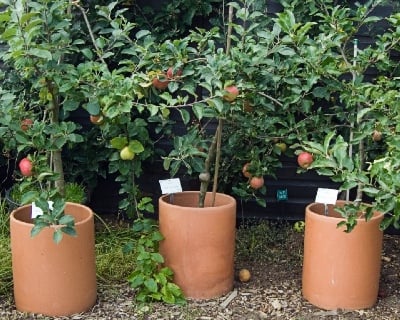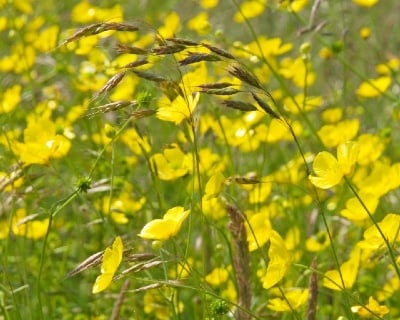Grow a low-carbon wildflower meadow
Your lawn can become a powerful carbon sink that can play a significant part in combatting climate change – all you have to do is mow it less!
You might think that a garden
Waiting beneath your clipped lawn is a riot of wildflowers and prairie-like grasses that will burst into life as soon as you let them.
What's more, when you stop weekly mowing, your lawn starts on its journey to becoming natural grassland – one of the world's most efficient carbon sinks, able to lock up over 3 tonnes of carbon per hectare.
What is a meadow?
One of the loveliest types of grassland is the flower-filled hay meadow – agricultural pasture left unmown and ungrazed for part of the year, to produce hay. Inside our gardens, it’s possible to create a patch of meadow that could be the last refuge for some of our rarest and most beautiful species.
Hay meadows are an increasingly rare sight. In the UK, for example, about 97 per cent of them have disappeared since the 1930s, when farmers ploughed to make way for growing crops, or “improved” them with fertilisers until the grass grew thick and ousted the wildflowers.
Wildlife havens
If you allow them space to grow, you’ll find swathes of wildflowers will flourish. And as our gardens fill with wildflowers, they come alive.
Meadows are among the best of wildlife habitats, with nectar-rich flowers and undisturbed, tussocky grass to shelter solitary bees and ground beetles. They attract bees, butterflies, and other pollinating insects, with many, like marbled white and meadow blue butterflies, found nowhere else.
Counting the carbon cost
Once the grasses retreat, you’ll find the first wave of more common wildflowers is joined by other, spectacular wildlings, such as knapweeds, campions, or lady’s smock – and maybe, if you’re lucky, an orchid.
Discovering new blow-ins becomes a constant delight. It’s the meadow that nature would have created, tailor-made for your garden.
How to create a low-carbon meadow
More low-carbon gardening ideas

How to grow a low-carbon garden

Using sustainable materials

Planting a low-carbon garden
Grow a mini orchard in pots Grow your own garden sundries Low-carbon container growing






